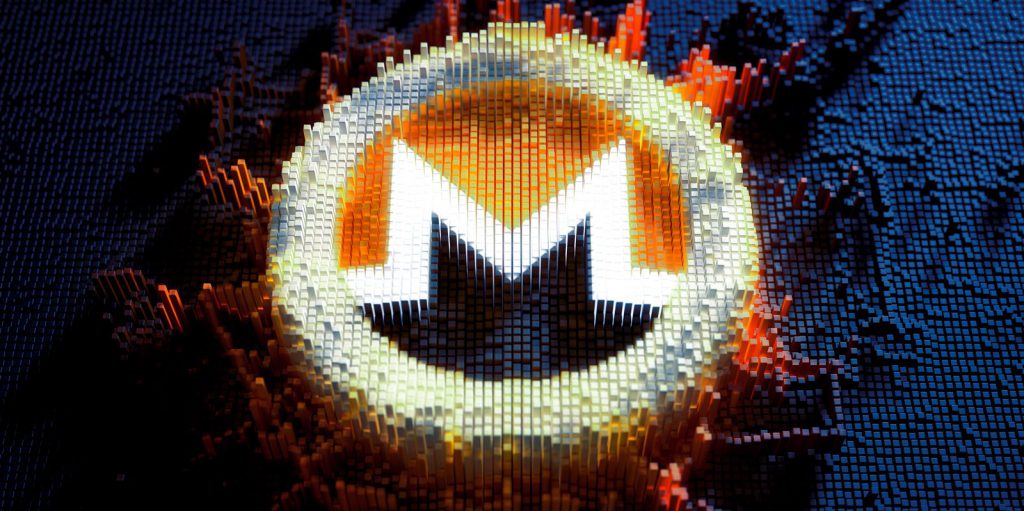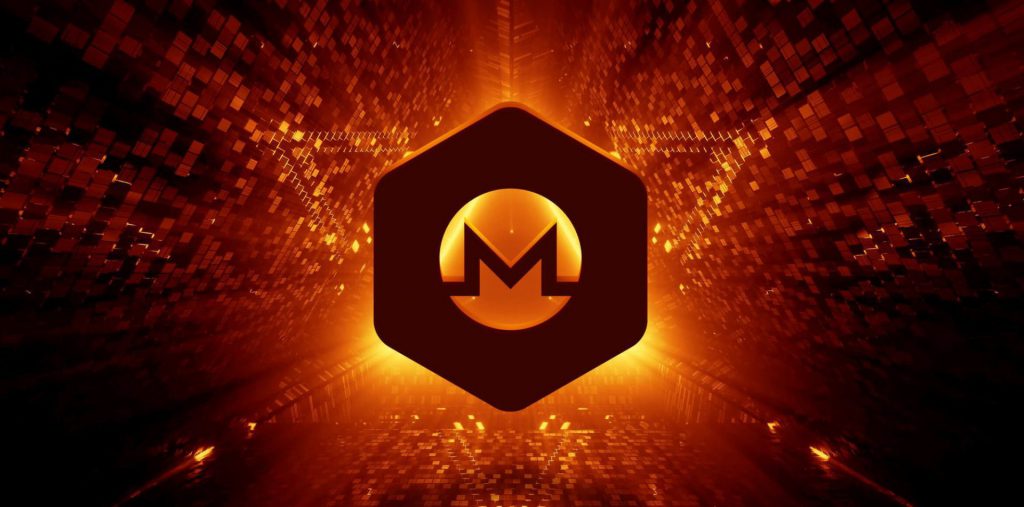Monero is a cryptocurrency that focuses on privacy and was introduced in 2014. It is an open-source protocol with an opaque blockchain. Monero prioritizes anonymity and privacy. One distinguishing feature is its privacy. Its anonymity, on the other hand, also makes it prone to illicit activities by bad actors.
Monero is a proof-of-work-based blockchain, and XMR miners validate and add transactions to its blockchain. But there is one key feature that makes it stand out. That is its tail emission.
Hence, it is a popular coin for new miners to look into mining. Here is how to Mine Monero yourself.


How to Mine XMR?
For the process of mining XMR, just like for all other crypto mining endeavors, you must first possess the necessary hardware. You will require the proper tools, such as the CPU or GPU and the required XMR mining software. To track the mining revenue, a designated cryptocurrency wallet is also necessary.
When it comes to mining Monero, there are a number of options. You have three options for XRM mining: solo mining, pool mining, and cloud mining.
Utilizing the CPU or GPU of your device, you can start mining XMR right away. To be profitable, your equipment must be able to handle a high hash rate.
The primary step is to get an XMR wallet. Any XMR wallet can be used for this purpose. Secondly, you should have dedicated mining software for XMR. You can use XMRig for this purpose.


You must select a mining pool or mine solo before creating the configuration file. This is because it is unlikely for a solo miner to have sufficient CPU to reap profitable rewards. So a majority of miners opt to join a Monero mining pool.
In addition to CPU mining, you can also opt for GPU mining to mine XMR. In contrast to bitcoin, the mining model makes sure that Monero miners do not have to rely solely on transaction fees. The miners will also receive a steady income as a result of this.
What is Monero’s tail emission?


In simple terms, a tail emission is a block reward subsidy that never ends. Block rewards will never, ever decrease to zero. The tail emission went live in June 2022.
The block rewards will remain fixed at 0.6 XM per block after this. Due to the high cost of mining equipment and low rewards, tail emission will prevent mining from becoming unprofitable. Tail emission specifically aims to combat this.
Contrary to other cryptocurrencies, where the reward is reduced to zero, the tail emission guarantees a reward of 0.6 XMR to each miner in the block. Unlike other cryptocurrencies, Monero is deflationary because the 0.6 XMR reward is linear.
Additionally, the tail emission makes sure that when the block subsidy falls to zero, the network security is not entirely dependent on user transaction fees.





